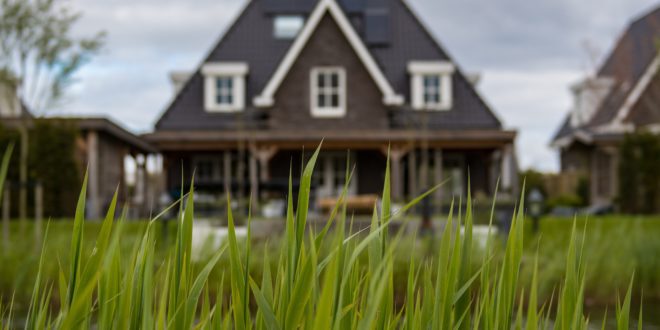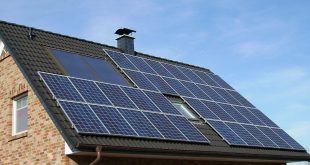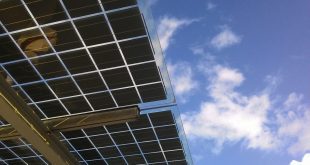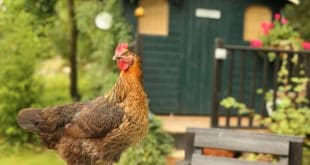Your vintage home likely gets plenty of compliments for its charm and allure. There is something particularly captivating about older homes that have remained intact while the rest of the world keeps up with the latest modern trends.
As unique as your vintage home may be though, it’s likely in need of some eco-friendly renovations. Fixing up certain money-draining, environmentally harmful, and even hazardous aspects of your house doesn’t mean exchanging its old-style charm for efficiency. Instead, renovating your house to better standards can ultimately allow you to enhance that classic charm while still working towards more sustainability.
A Rule of (Green) Thumb
You’re likely already aware that going green can save you green. However, in regards to preserving your vintage home, you might be at a loss of where you can actually make some eco-friendly improvements without sacrificing the integrity of your home. If you’re hesitant to make changes to the actual structure of your house, consider looking to other areas on your property.
Planting more trees (specifically deciduous ones) can provide more shade for your house, keeping it cooler in the summer which means less AC use. They can also be useful in the winter when the leaves fall off, allowing more light and warmth during the colder months.
Consider also installing some clothes-drying lines in your yard which can reduce the need to use your dryer — plus who doesn’t love that fresh outdoor scent? Another easy green change is upgrading your light bulbs: Compact fluorescent light bulbs (CFL) use 75 percent less energy than incandescent bulbs and can last up to 10 years. If you’re looking for a bigger project, solar energy is a valuable option worth considering. Solar panels can help save energy and cut down on costs and emission. Furthermore, solar energy is becoming a more affordable option as it grows in popularity. As Vivint Solar explains, “Rooftop solar has become much more affordable as the cost of manufacturing solar panels has come down. Many solar companies offer solar panels at little to no upfront cost with power purchase agreements. Many solar companies also have relationships with lenders that can help you finance the purchase of solar panels — or you can use your preferred lender.” Solar panel energy can also be used with electric appliances in your home and even your lawn mower.
You and Your House’s Health Comes First
Building standards have certainly come a long way in the past few decades. Lead paint has been banned; there is better enforcement of building codes (no more exposed wires); and there are more energy efficient options. However, there might still be some silent and dangerous killers lurking in the walls of your vintage home.
Baron and Budd reports that, “approximately 1.2 billion square feet of asbestos insulation has been used in hundreds of thousands of buildings throughout the United States — ranging from homes to schools to offices.” Asbestos, unfortunately, is one of those dangers that you have to find in order to take care of it.
It can be in your walls, roof, and even in some cleaning products. Prolonged exposure to asbestos can lead to a higher risk of mesothelioma so calling in help to give your vintage home a checkup can help you identify any materials containing asbestos. A professional can then decide if it’s okay to leave the contaminated areas alone or if you need to repair or remove them.
Green On a Budget
If you’re currently looking into purchasing a vintage home, it’s important to keep in mind the additional cost of renovating. As home-buying experts explain, “older houses often come with surprise expenses that don’t necessarily exist in newer homes. If you’re looking for “a project,” make sure you have the funds and the right expectations.” Renovating can help prolong your new vintage home’s life, but it can add up quickly if you’re not adequately prepared budget wise.
It might take some time and elbow grease to get your new vintage home up to green speed, but it’s definitely worth it in the long run! DIYing some of your home improvements can cut down on those costs. For example, instead of always using the heat dry option on your dishwasher, consider replacing your cabinet bottom and shelves with dish drain inserts. Your plates will air dry even after putting them away! Another DIY project to consider is starting a vegetable garden and installing a simple irrigation system to save water or solar powered garden lights. You’ll make your place greener (literally) while also growing produce you can use at dinnertime.
Whether your beautiful classic home has been in your family for generations or you’ve just become a vintage homeowner, taking the time and effort to upgrade your home to be more eco-friendly benefits not only you but your community. Sustainability is important for any home of course, but vintage homes can certainly present their own unique obstacles. Luckily, there are plenty of ways to renovate the place you call home without sacrificing that charm you’ve come to love and cherish.
 Alternative Energy HQ solar power for homes, wind energy, and bio fuel issues
Alternative Energy HQ solar power for homes, wind energy, and bio fuel issues









2 comments
Pingback: Renovating a Vintage Home to Be More Eco-Friendly (While Retaining Its Charm)
Pingback: Renovating a Vintage Home to Be More Eco-Friendly (While Retaining Its Charm)